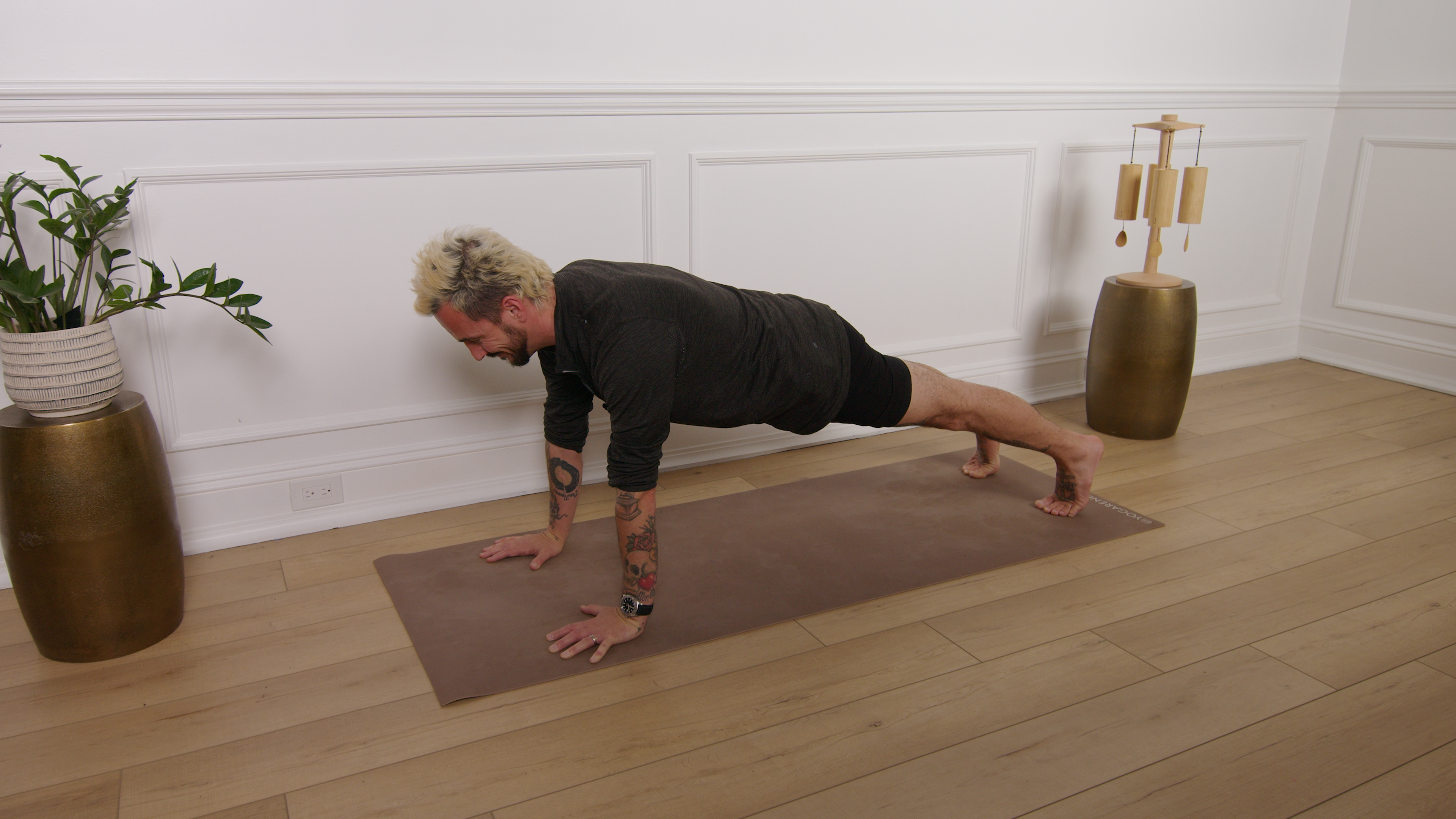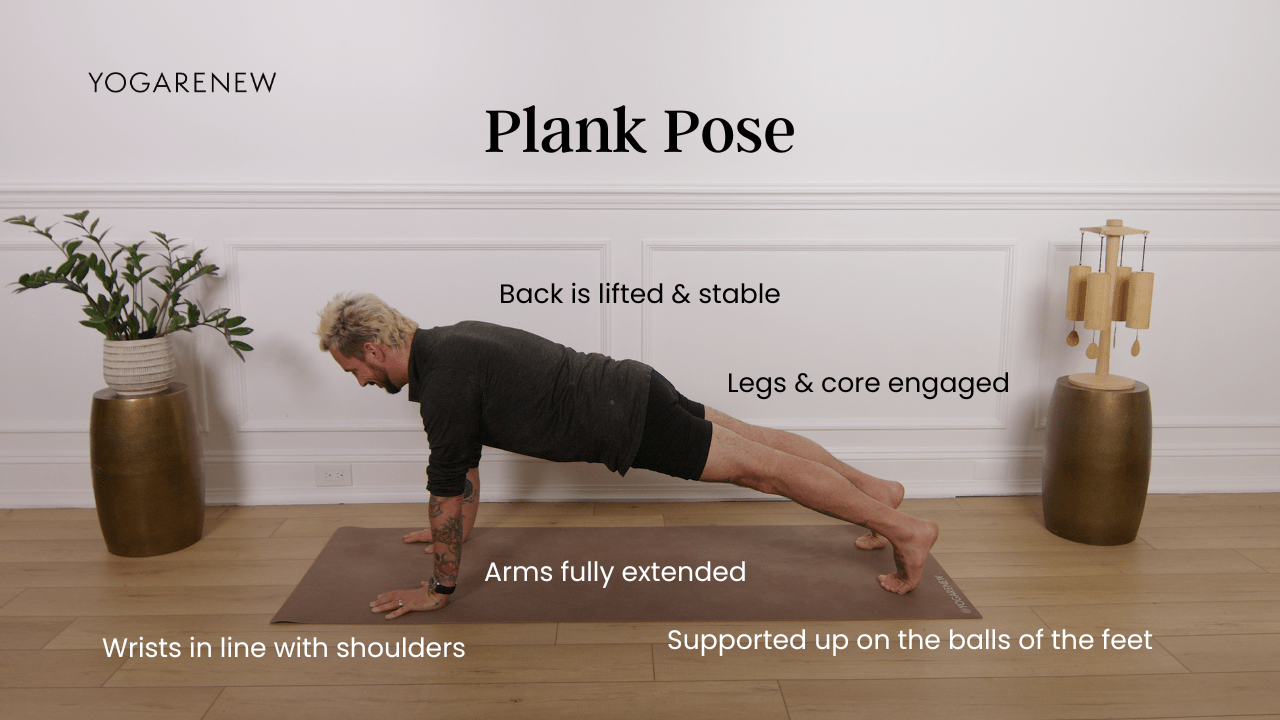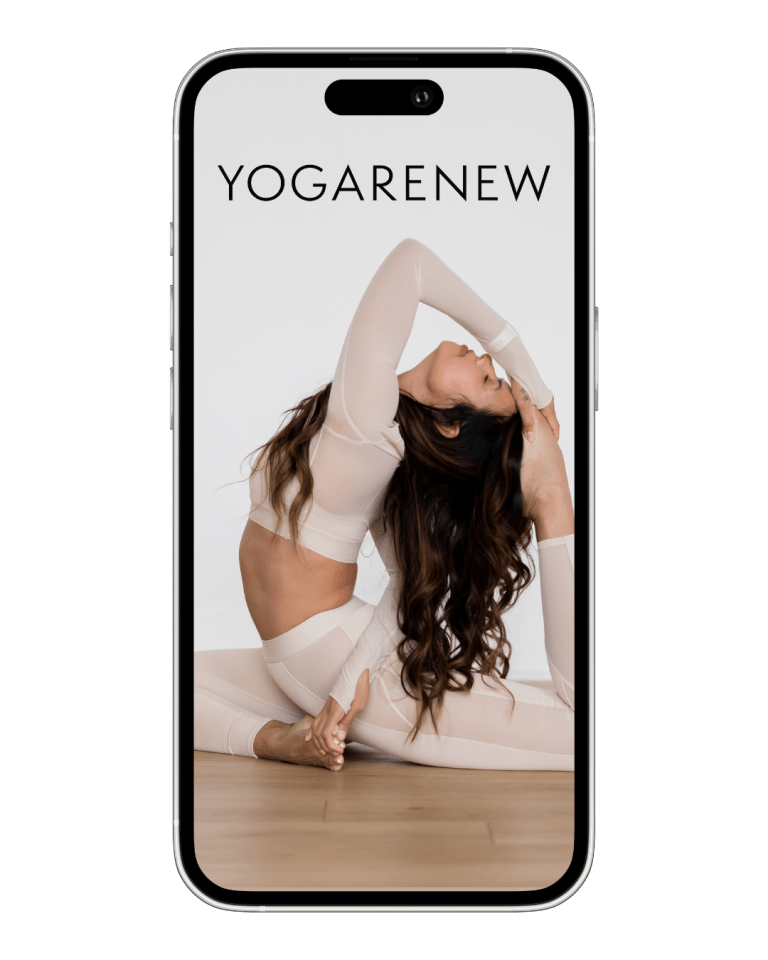What is Plank Pose?
English Name: Plank Pose
Sanskrit Name: Phalakasana (pronounced fah-lah-KAHS-uh-nuh)
Category: Core, Arm Balance, Strength Builder, Foundational

English Name: Plank Pose
Sanskrit Name: Phalakasana (pronounced fah-lah-KAHS-uh-nuh)
Category: Core, Arm Balance, Strength Builder, Foundational
Plank Pose, or Phalakasana, is a fundamental yoga posture that builds core strength, arm stability, and total-body awareness. Though it may look simple, holding Plank with proper alignment challenges your endurance, focus, and breath control. It is a transitional pose in many yoga flows, but it’s also a powerful shape on its own.
Often seen in Vinyasa and Power Yoga styles, Plank strengthens the core, shoulders, wrists, and legs. It’s an excellent posture for improving posture, increasing stamina, and preparing the body for more advanced arm balances and inversions.


1. Wrist Pain or Injury: Modify on forearms or use wrist-friendly props
2. Shoulder Injury: Avoid excessive weight-bearing—try supported versions
3. Carpal Tunnel Syndrome: Practice on fists or forearms
4. Pregnancy (later stages): May be too intense—modify or avoid
5. Lower Back Pain: Engage the core fully or keep knees down
Plank Pose is a cornerstone of strength-building yoga practice. It builds muscular endurance, body control, and energetic focus. Whether used as a transition or a peak hold, it supports every movement in your yoga journey—from Chaturanga to handstand prep. Regular practice enhances stability, resilience, and alignment—on and off the mat.
Start with 20–30 seconds and gradually increase to a minute or more as strength builds.
Yes! Modify with knees down or forearms on the mat to build strength safely.
Try forearm plank, use a wedge, or make fists to keep wrists neutral.

Explore classes & pose tutorials for any style, format, duration or experience level with a free account in the YogaRenew app. Or subscribe and gain access to workshops, live classes and more.